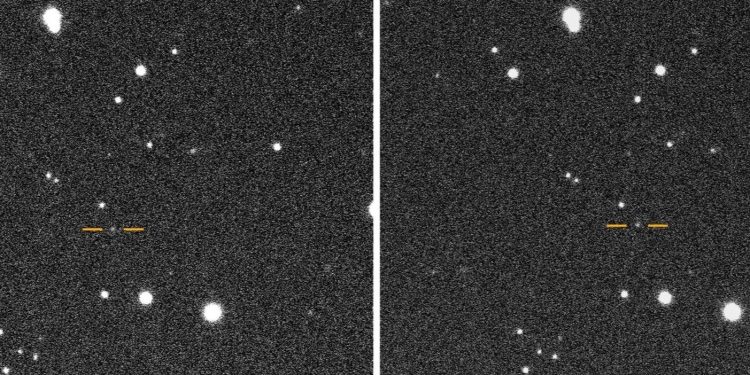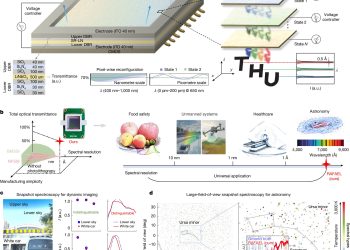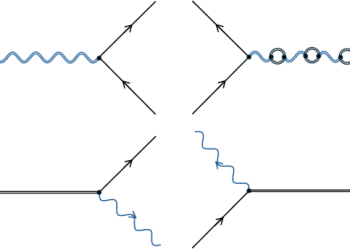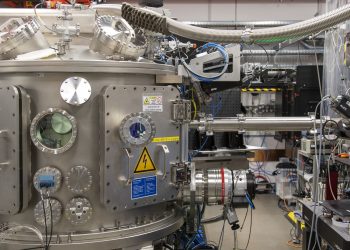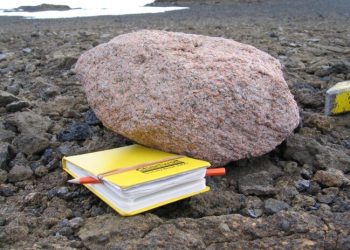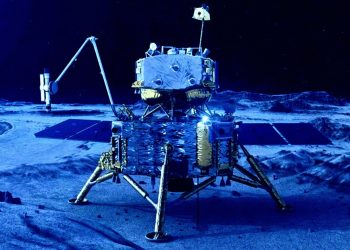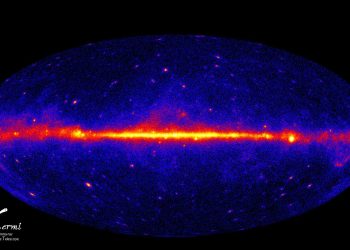Astronomers have discovered an asteroid 700 meters wide hidden in the shine of the sunand it is passing through our solar system at an almost record pace.
The skyscraper-sized asteroid, named 2025 SC79, loops around the sun once every 128 days, giving it the second-fastest asteroid orbit in the world. solar system. It is also the second known space object that orbits entirely inside the orbit of Venus, sometimes even crossing the orbit of Mercury.
“The most dangerous asteroids are the hardest to detect,” Sheppard said in the release. “Most asteroid research finds these objects in the dark of night, where they are easier to spot. But asteroids lurking near the Sun can only be observed at dusk, when the Sun is about to rise or set. If these ‘twilight’ asteroids approach Earth, they could pose serious impact risks.”
Asteroids like 2025 SC79 are definitely worth keeping an eye on. To put its 2,300 foot diameter into context, the so-called Asteroid “city killer” 2024 YR4 discovered earlier this year is only about 180 feet (55 meters) wide, which has the potential to release 500 times more energy than the atomic bomb that was discovered. Hiroshima destroyed if it were to hit Earth (don’t worry, it almost certainly won’t).
Sheppard discovered 2025 SC79 using the Dark Energy Camera on the National Science Foundation’s (NSF) 4-meter Blanco Telescope. The existence of the asteroid was later confirmed by observations NSF’s Gemini Telescope and Carnegie Science’s Magellan Telescopes, according to the release.
This is the second superfast asteroid spotted by Sheppard and his colleagues in recent years, having also discovered the fastest known asteroid in 2021. This object, named 2021 PH27, orbits the sun in 113 days, making it only 15 days faster than 2025 SC79. The only object in the solar system with a faster orbital period is the planet. Mercurywhich completes one orbit around the sun in 88 days.
The orbit of 2025 SC79 has now placed it behind the sun, so it will not be visible for several months. Researchers will attempt to make further observations in the future to learn more about the object, which ultimately constitutes another piece of the galactic puzzle that helps astronomers understand how our solar system and its potential asteroid-shaped threats evolved.
“Many asteroids in the solar system inhabit one of two space rock belts, but disruptions can send objects into closer orbits where they may be harder to spot,” Sheppard said. “Understanding how they got to these places can help us protect our planet and also learn more about the history of the solar system.”


